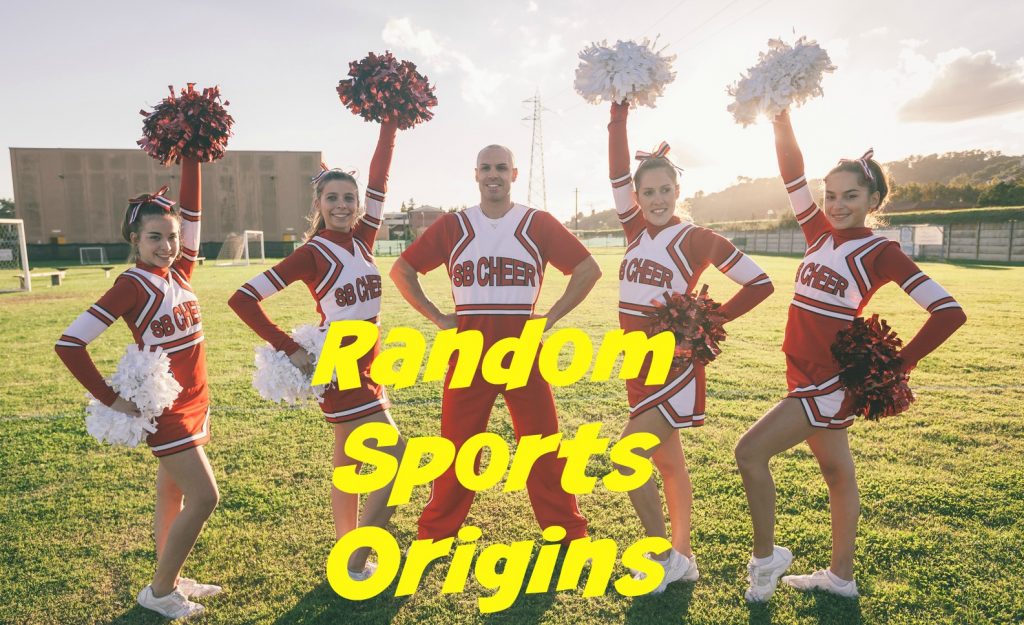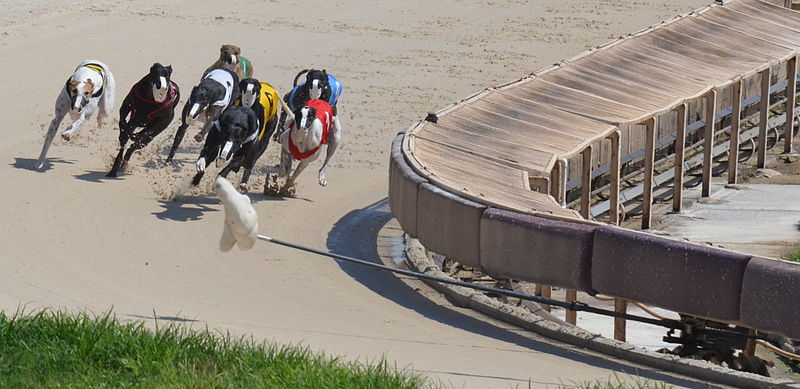At the BRI we’re always asking ourselves, “Where does all this stuff come from?” So we searched through our vast sports library and came up with the following answers.
CHEERLEADING
In the late 1870s, the Princeton University football team (the Tigers) had a male pep squad that supported them from the stands with chants of “Ray, ray, ray! Tiger, tiger, sis, sis, sis! Boom, boom, boom! Aaaah! Princeton, Princeton, Princeton!” In 1884 football was introduced to the University of Minnesota, where a student named Johnny Campbell became the world’s first cheerleader: he got up in front of a crowd and urged them to chant “Rah, rah, rah” along with him to help motivate the team. Soon Campbell led five other male cheerleaders (the college was all-male). As college football spread in the early 20th century, cheerleading spread, too. The first female cheerleaders hit the sidelines in 1927 at Marquette University. Paper pom-poms were introduced in the 1930s.
ROLLERBLADES
In-line skates weren’t so much invented as reinvented: When a Belgian instrument maker named Jean Joseph Merlin attached five small metal wheels to a pair of his shoes in 1760 and created what are believed to be the world’s first roller skates, he arranged the wheels in a single line. It was difficult to turn or maintain balance with them, and in 1863 a New York inventor named James Plimpton invented the classic side-by-side “quad” skates. His design dominated the sport for more than a century. Then in 1979, Scott Olson, a minor-league hockey player, stumbled onto a pair of inline skates from the 1960s while looking for something that would allow him to train in the off-season. Olson became a distributor of the skates, and when the manufacturer rejected his suggestions for improvements, he bought the patent rights to a similar skate. In 1982 he started selling Rollerblades (it’s a trademarked name). By 1994 the company was selling $260 million worth of skates a year.
GREYHOUND RACING
Greyhounds have been admired for their speed as far back as ancient Egypt and beyond. For centuries it was a common pastime to release a live rabbit in front of two greyhounds and bet on which dog would catch it—a sport known as “coursing.” Modern greyhound racing didn’t come along until 1912, when a rabbitloving New Jersey inventor named Owen Patrick Smith invented a mechanical rabbit, or lure, that the dogs could chase instead. The lure was connected to a system of pulleys so that, unlike live rabbits, it “ran” along a prescribed course instead of dashing in any direction. That made circular and oval-shaped dog tracks possible for the first time. Dog tracks were small enough that they could be located in urban areas, where the sport became popular with working- class sports fans for whom horse racing was too expensive.
WORLD CUP SOCCER
Soccer was an Olympic event in the early 20th century, but only amateurs could compete. Professional players wanted to participate, but the Olympics said no, so FIFA, soccer’s governing body, began holding tournaments for professional players in the 1910s and later organized the Olympic tournaments for amateurs as well. By the late 1920s, FIFA and the International Olympic Committee (IOC) were again in a dispute over whether professionals should be allowed into the Olympics. To make matters worse, the 1932 Olympics were scheduled to be held in Los Angeles, and soccer wasn’t popular in the United States. When the IOC announced that it planned to drop soccer from the Olympics, FIFA stepped in and organized its own world championship, open to professionals and amateurs. Dubbed the “World Cup” by FIFA president Jules Rimet, the inaugural 1930 tournament was won by Uruguay, the reigning Olympic champions. The event went on to become the most popular sporting event in the world: more than 1.2 billion people watched the 2006 World Cup final on TV.
THE SAN DIEGO CHICKEN
In 1974 San Diego State University journalism major Ted Giannoulas was hired off the street by a local radio station to dress up in a chicken suit and hand out Easter eggs at the San Diego Zoo. He must have done a good job, because a few weeks later the station had him appear at a San Diego Padres game. The chicken was a hit: Giannoulas ran all over the field, jumping and prancing around, entertaining the fans. After that he became a fixture at the ballpark, performing at 2,500 consecutive Padres home games. (In 1979 the chicken suit was replaced with a custom-made chickenin- a-baseball-uniform outfit.) The San Diego Chicken led to the emergence of fuzzy mascots throughout Major League Baseball, including the Phillie Phanatic, the Baltimore Bird, and the St. Louis Fredbird. In 1999 The Sporting News named the Chicken one of the 100 most powerful sports figures of the 20th century.
“LIVE STRONG” BRACELETS
In 2004 cancer survivor and professional cyclist Lance Armstrong teamed up with Nike in a massive fund-raising drive for his Lance Armstrong Foundation. Nike’s ad agency came up with the idea of selling inexpensive rubber wristbands for $1.00 each, with the proceeds going entirely to cancer research. They decided to make the bracelets yellow because of the color’s importance in professional cycling (the Tour de France leader wears a yellow jersey). By the summer of 2004, numerous celebrities and Olympic athletes were wearing yellow bracelets emblazoned with the foundation’s slogan, “Wear Yellow, Live Strong.” The results of the drive far exceeded Armstrong’s goal. He’d hoped to raise $5 million by selling the bracelets. To date, more than $70 million worth of “Live Strong” bracelets have been sold. They’ve also inspired other causes to sell bracelets to raise money. There are bracelets for breast cancer (pink), wounded veterans (camouflage), and epilepsy awareness (half blue and half red). It’s even a fashion statement—knockoff yellow wristbands can be found in discount and dollar stores all over the country, but the money doesn’t go to any charity.











